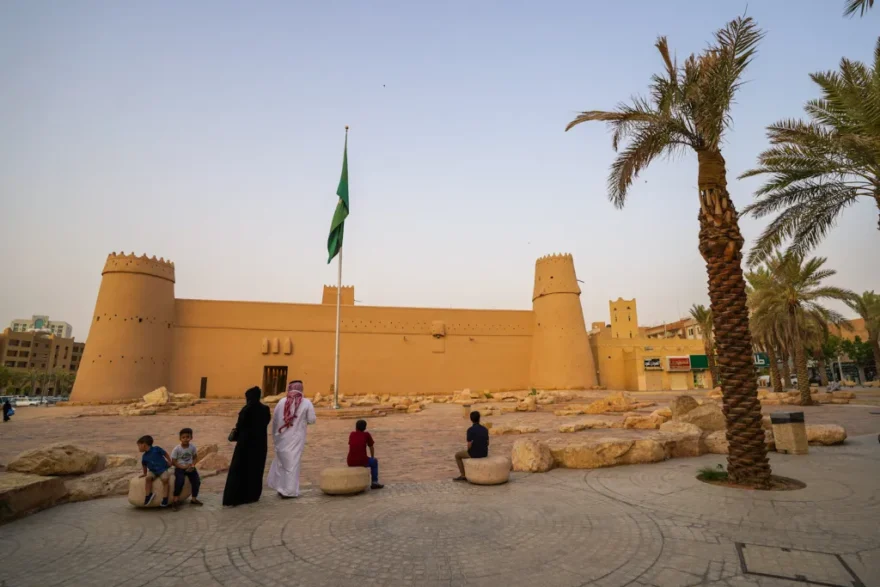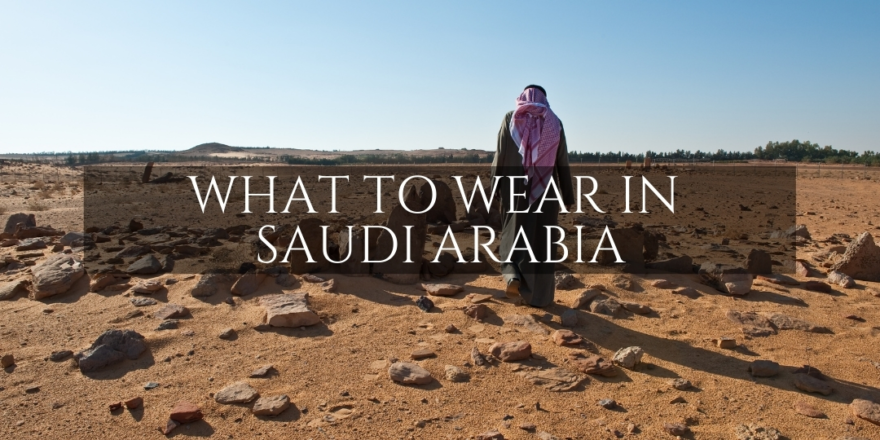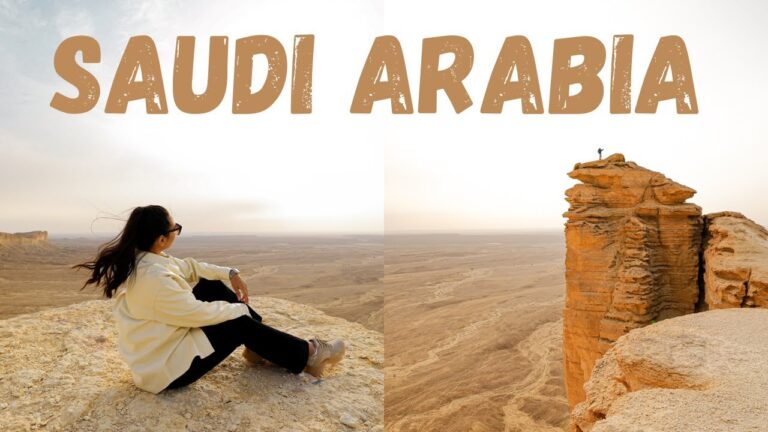The Kingdom of Saudi Arabia is a popular Islamic pilgrimage destination. Most visitors to the kingdom are truly religious tourists. When I first started planning for my journey, I was unsure about what to bring with me to Saudi Arabia. In addition to the harsh weather, I had to remember that this is a conservative culture with dress codes. Here, therefore, are my suggestions regarding what to bring on a visit to Saudi Arabia.
Tips On What To Bring To Saudi Arabia

When you’re planning your trip with cleartrip.ae and start your packing, it is tough to find clothes that are appropriate for the heat and still adhere to Saudi culture. Muslim women are expected to cover their hair and wear full-length black abayas. Shorts are not allowed for men. Cities on the Red Sea, such as Jeddah, have looser regulations in this regard. However, stricter measures are taken in traditionally religious communities like Madinah and Mecca.
To avoid detection, males should dress in a Thawb, an Arab garment often including long sleeves and falling to the ankles. That’s right; it’s all-encompassing. It’s a terrific way to blend into the local fashion scene while yet feeling comfortable and cool in the warm weather, thanks to its ankle-length and loose shape.
The Abaya is a similar option for ladies, being a long-sleeved, ankle-length dress. Black abayas with full-head scarves are the norm in more traditional communities. It is feasible to avoid the Abaya in more liberal parts of Saudi Arabia by replacing it with other Western clothing as long as it is modest and covers the whole body. But please use your own sense of decency. Even if they reach the ankle, tight narrow jeans that highlight a woman’s shape are not a good choice.
Wear comfortable walking shoes, since you will be doing a lot of walking around Saudi Arabia’s cities and tourist destinations. Here is a list of things you can pack:
- Apparels

In Saudi Arabia, modesty is the norm when it comes to attire and dress standards are rigorously adhered to. Both sexes must wear long pants or trousers, and ladies in particular must not show any skin. It is suggested that you dress more modestly while travelling to more remote locations.
- Footwear
Sandals are essential throughout the day when the temperature is high, however, decent runners or trainers are recommended for some of the locations we visit due to the rocky terrain. Cities in Saudi Arabia, like those in the rest of the Gulf States, are planned around the convenience of automobile travel, so you won’t spend hours on foot exploring their streets.
- Baggage
You can bring everything from a backpack to a huge luggage on wheels. We usually only drag our bags from the vehicle to the hotel lobby, so you won’t have to carry them too far. Your trip to Saudi Arabia will go smoothly if you can roll it through the airport.
- Meds
There are pharmacies in almost every city in modern-day Saudi Arabia. Over-the-counter versions of common medications like ibuprofen and loperamide should be easily accessible. It is recommended that you carry no more than a month’s supply of prescription drugs with you.
- Money
Because of the lack of sanctions, international ATM cards function without any problems in Saudi Arabia. The use of credit and debit cards for financial transactions is widespread as well.
- Outfit for indoors
One of the best things to do in Saudi Arabia is to go shopping at one of the numerous malls spread around the country. Because of this, air conditioning readiness is required. Even if it’s 40 degrees outside, you won’t even notice it inside because of the powerful air conditioning. When I first entered a shopping centre, I felt a wave of comfort from the oppressive heat outdoors. However, the reverse occurs within half an hour. It became so chilly so fast that I had to get out of there. Packing a lightweight jacket for indoor use is the easiest way to prevent it.
What Not To Be Bring To Saudi Arabia
Certain things are absolutely prohibited and banned in Saudi Arabia. Symbols of faiths other than Islam, such as religious texts, provocative and explicit content, and alcoholic beverages and spirits are strictly prohibited. The issue here is that it is unclear what items are strictly prohibited in Saudi Arabia. But it’s clear that those things listed above are not allowed in KSA. Although nothing is proven, there are rumours that jewellery and contraception are also prohibited.
In general, bring the clothes you would wear in a hot country. Don’t forget to respect the customs and regulations in effect in Saudi Arabia. Listed below is a simple checklist to help you out:
- It is recommended that you purchase a Thawb for men and an Abaya for ladies.
- Women’s head coverings,
- Respectable, fully-covering Western clothing.
- Sun Protection Lotion or Cream.
- Good footwear for strolling.
- A scarf or a jacket, required in air-conditioned buildings.
- A miniature daypack is ideal for outings and fitting a camera, phone, and a bottle of water.
Packing List for the Hajj to Mecca

In addition to the items mentioned above, pilgrims should also keep in mind the attire requirements of the rite. Women may wear an abaya and a headscarf when doing the Hajj or Umrah. Most males can get away with packing a little more lightly. List of Clothing for Ihram:
- The ride, a single, unfinished sheet of towel used to cover the body.
- The izar, which is one bottom towel sheet that isn’t hemmed and fastened with a belt
- Clothes pins for the hijab and the Ihram
Useful Information for Visitors to Saudi Arabia
Visitors to Saudi Arabia should be aware that X-ray machines, narcotics dogs, and manual inspections are all used to examine carry-on and checked baggage for illegal substances. The government has the ability to seize packages for additional scrutiny. Travellers may avoid this uncomfortable situation by double-checking their baggage for any forbidden goods before boarding the plane.
Tourists should exercise caution and respect for residents’ privacy while taking pictures of people and places in Saudi Arabia since doing so is unlawful. This includes taking pictures of public buildings, public building staff, and Saudi women. Taking pictures of government buildings is illegal, as is attempting to pay law enforcement officials. Be polite to the police if they approach you, and if you’re being arrested, don’t attempt to buy your way out! In order to capture images for commercial use, professional photographers must apply for respective permissions.







